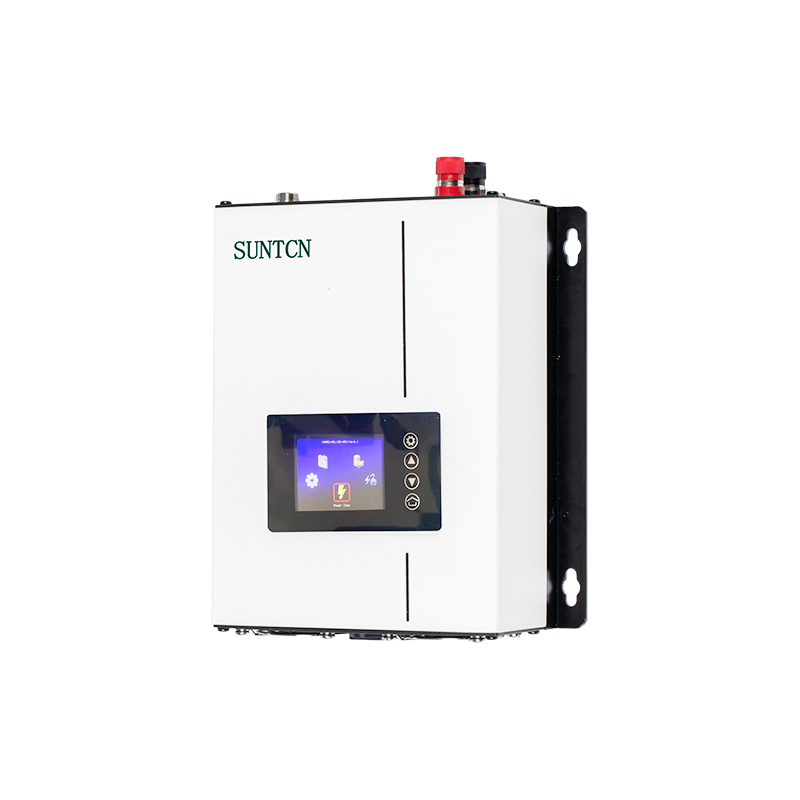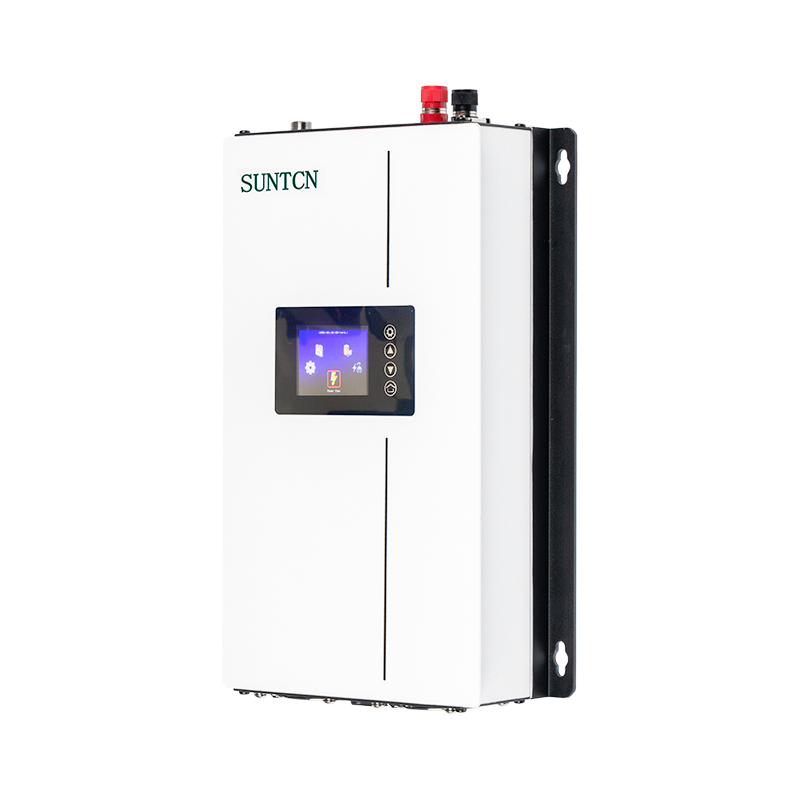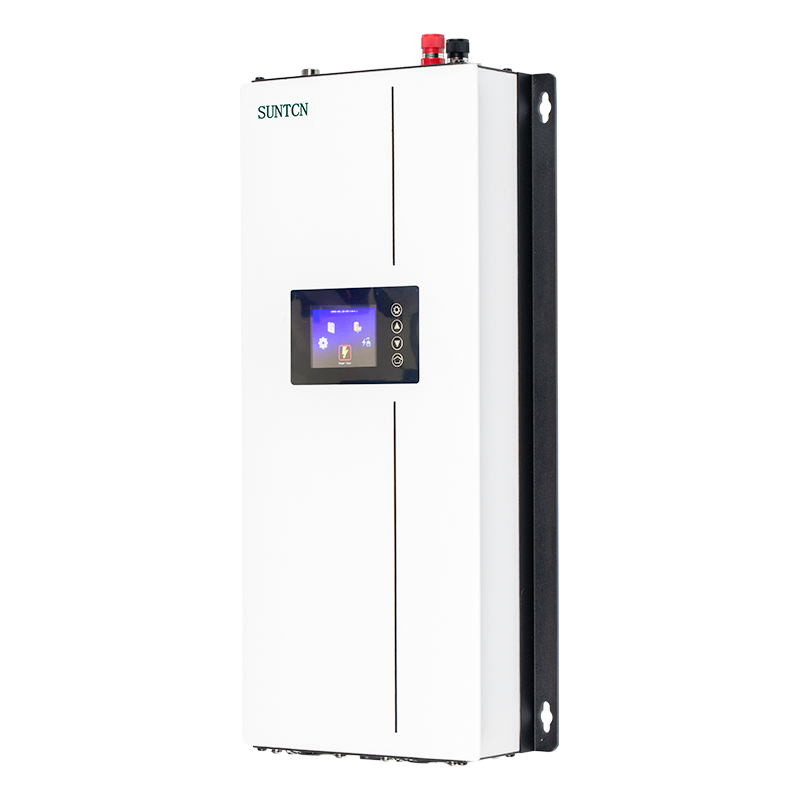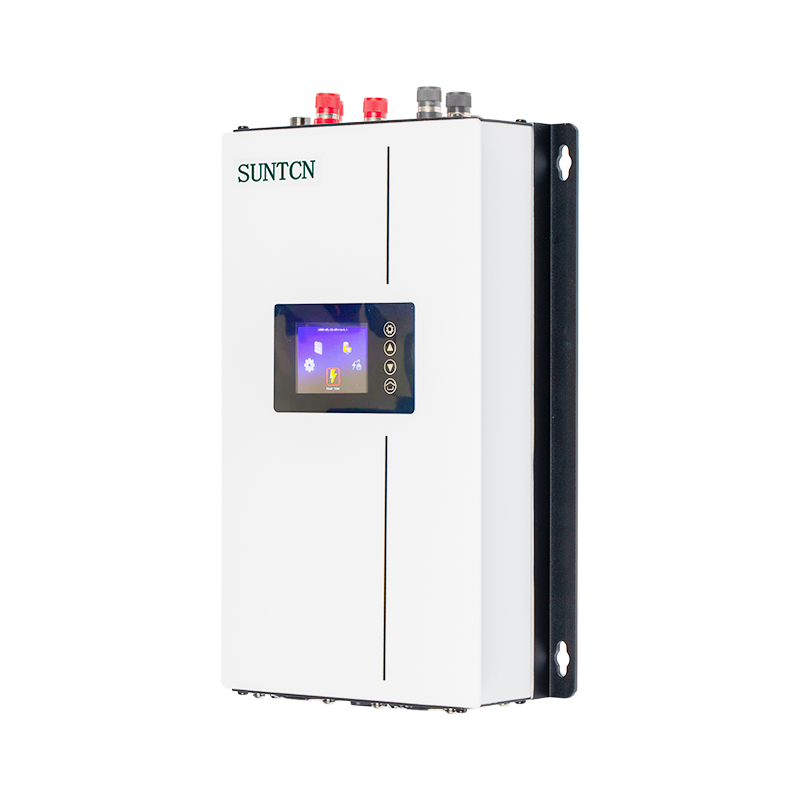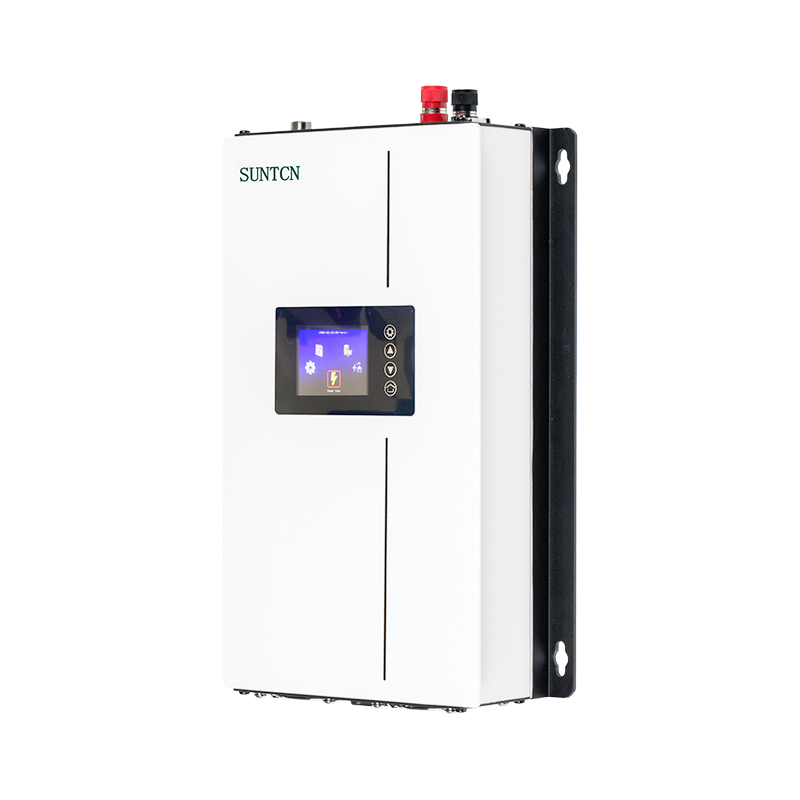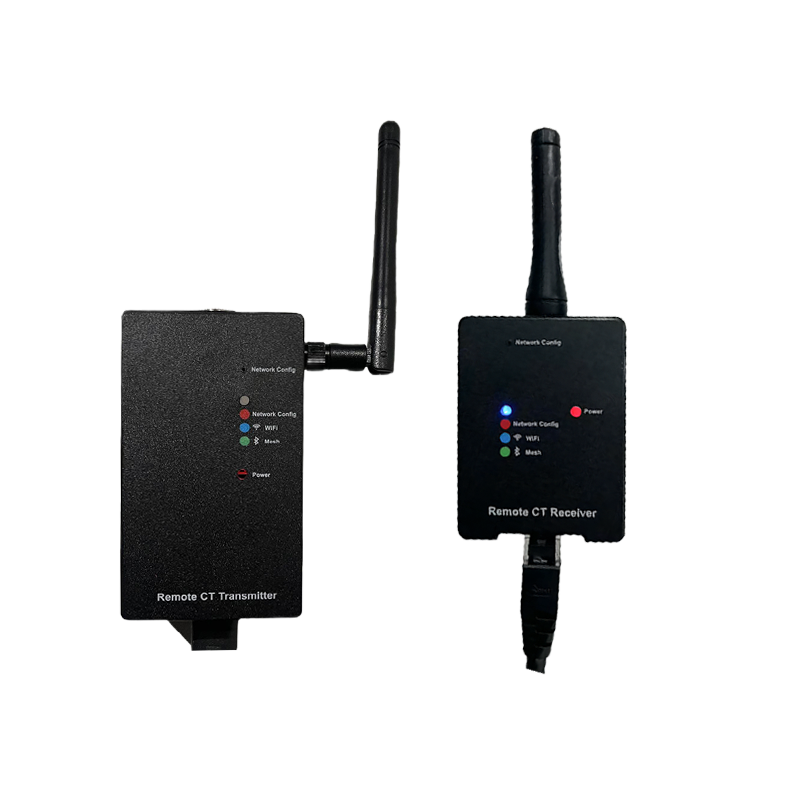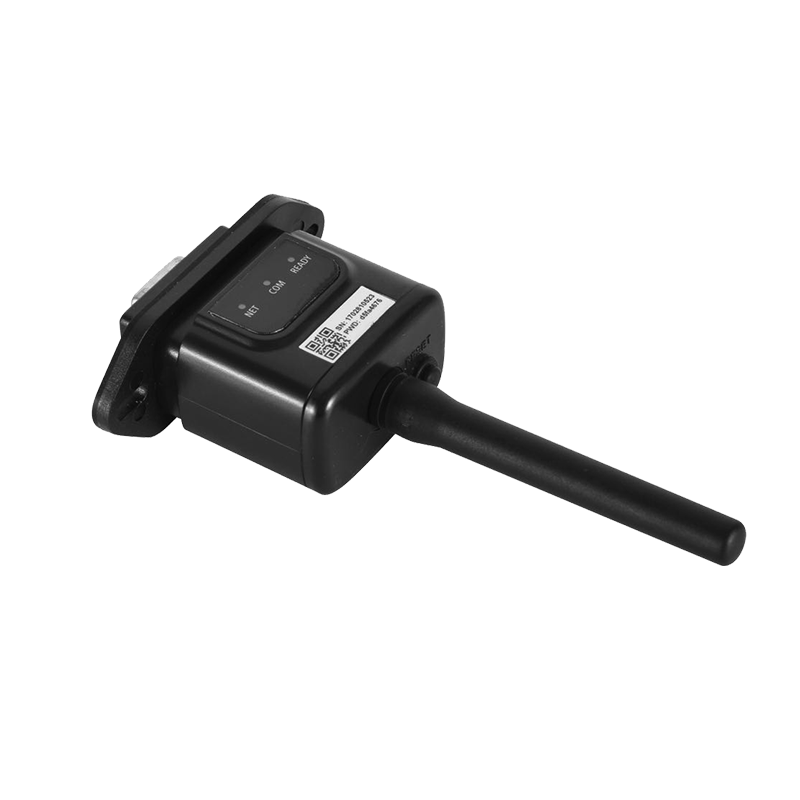Wind-Turbine Grid Tie Inverter: Bridging Wind Power to the Utility Grid
As the global focus shifts toward renewable energy, wind power has emerged as one of the promising sources of clean electricity. However, harnessing the energy from wind turbines requires more than just blades and towers—it demands efficient conversion and synchronization with the public power grid. This is where the Wind-Turbine Grid Tie Inverter plays a pivotal role. This device is a cornerstone in any grid-connected wind power system, ensuring that the variable AC power produced by a wind turbine can be safely and efficiently delivered to homes and industries through the utility grid.
What Is a Wind-Turbine Grid Tie Inverter?
A Wind-Turbine Grid Tie Inverter is an electronic device that converts the variable-frequency AC electricity generated by wind turbines into stable, grid-compliant AC power. Its primary role is to:
Convert the irregular AC or DC output from the wind turbine into pure sine wave AC.
Synchronize the phase, frequency, and voltage with the utility grid.
Inject excess power into the grid or support self-consumption in hybrid systems.
Unlike standalone (off-grid) inverters, grid tie inverters must match the exact specifications of the public utility system to feed power back into the grid safely and legally.
Why Is a Grid Tie Inverter Essential for Wind Energy Systems?
Without a grid tie inverter, the fluctuating voltage and frequency from wind turbines would not be compatible with household appliances or the grid. Here are key reasons why it's indispensable:
Energy Conversion Efficiency
Converts inconsistent turbine output into usable electricity with minimal energy loss.
Grid Synchronization
Allows for safe transfer of electricity to the public grid, maintaining system stability.
Revenue Generation
Enables homeowners and businesses to sell excess power back to the grid (net metering).
Voltage and Frequency Control
Protects devices and ensures compliance with grid codes.
Data Monitoring
Many modern inverters offer real-time monitoring, fault detection, and power output analysis.
How Does a Wind-Turbine Grid Tie Inverter Work?
The working principle can be broken down into several steps:
Input Collection
The turbine produces AC power, which varies based on wind speed. It may be rectified to DC before entering the inverter.
DC to AC Inversion
The inverter converts the DC or irregular AC into a pure sine wave AC.
Phase Matching and Synchronization
The inverter synchronizes its output voltage and frequency with the utility grid.
Power Injection
Once synchronized, the inverter feeds power into the grid. The power flows to local loads first, with surplus power exported to the grid.
Monitoring and Protection
It constantly monitors grid status and disconnects in case of outages to prevent islanding (a safety hazard).
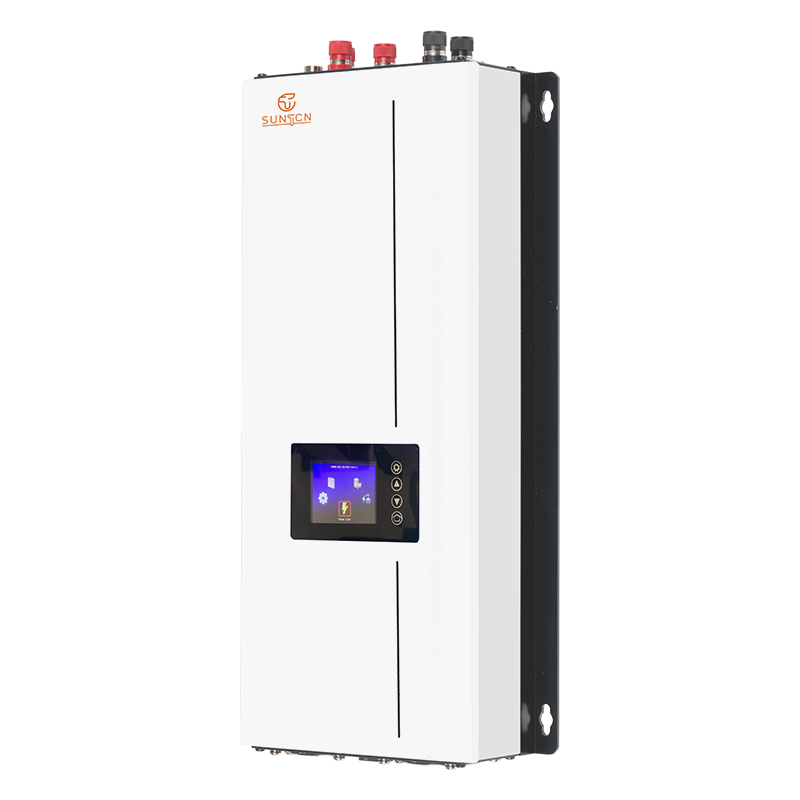
What Are the Key Features to Look For in a Grid Tie Inverter?
When choosing a wind-turbine grid tie inverter, consider the following specifications:
Rated Power Capacity: Should match or exceed your wind turbine’s peak output.
Input Voltage Range: Compatible with the turbine’s output voltage (usually wide-ranging due to wind variability).
Efficiency: Look for high conversion efficiency (above 95%).
MPPT (Maximum Power Point Tracking): Optimizes energy harvest from the wind turbine.
Certifications and Compliance: Must comply with local grid regulations (e.g., UL1741, IEEE 1547, CE).
Cooling System: Includes fans or passive cooling to avoid overheating.
Real-time Monitoring: Supports Wi-Fi or Bluetooth connectivity for system performance analysis.
Durability: Should be weather-resistant for outdoor installation.
Applications of Wind-Turbine Grid Tie Inverters
Grid tie inverters are used in a variety of setups:
Residential Wind Energy Systems: For individual homes seeking to reduce electricity bills.
Commercial Installations: Larger-scale wind turbines for businesses and farms.
Hybrid Systems: Combined with solar panels and battery storage for consistent power supply.
Microgrids: In community-scale renewable systems that require intelligent grid interfacing.
Challenges and Solutions
1. Fluctuating Wind Speeds
Wind turbines produce power based on unpredictable wind patterns. A good inverter should handle these fluctuations with wide input voltage and frequency tolerances.
2. Grid Outages
Modern inverters come with anti-islanding protection, disconnecting automatically during outages to protect utility workers.
3. Power Quality Issues
Poor-quality inverters can create harmonics and voltage sags. Choose models that ensure total harmonic distortion (THD) below 3%.
4. Maintenance
Most inverters are designed for minimal maintenance, but periodic cleaning and firmware updates are important.
Frequently Asked Questions
Q: Can I use a solar grid tie inverter with a wind turbine?
A: No. Wind turbines generate variable-frequency AC that requires a specially designed wind inverter. Solar inverters are optimized for steady DC input from solar panels.
Q: Do I need batteries in a grid-tied wind system?
A: Not necessarily. Grid-tied systems typically do not require batteries. However, adding batteries allows for backup power during grid outages (hybrid system).
Q: What happens to excess electricity generated by my wind turbine?
A: It is sent to the utility grid. With net metering, you may receive credit or payment for the energy exported.
Q: Are wind grid tie inverters legal everywhere?
A: Local regulations vary. Always ensure the inverter meets your country’s utility code and certifications.
The Wind-Turbine Grid Tie Inverter is the heart of any grid-connected wind power system. It ensures efficient conversion, safety, and compatibility with the public grid while the energy output from your wind turbine. Whether you're a homeowner looking to cut electricity bills or a commercial entity aiming to promote sustainability, choosing a reliable grid tie inverter is essential.

 English
English Español
Español Deutsch
Deutsch